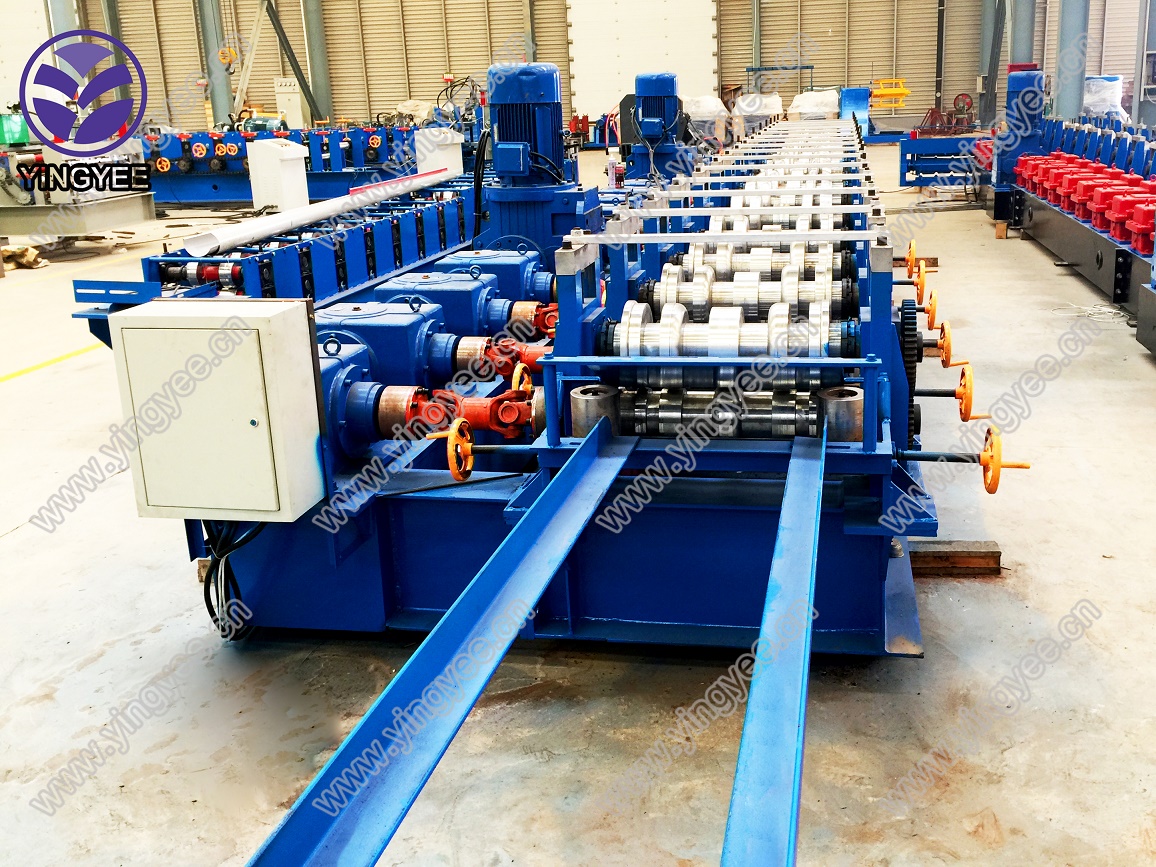
Light Gauge Steel Framing Machines Revolutionizing Construction
In recent years, the construction industry has witnessed a significant transformation, largely driven by advancements in technology and innovative building materials. Among those innovations, light gauge steel framing machines have emerged as pivotal tools, streamlining the construction process, enhancing efficiency, and promoting sustainability.
What is Light Gauge Steel Framing?
Light gauge steel (LGS) framing is a modern construction technique that uses thin sheets of steel to create structural frames. This method is particularly popular in residential, commercial, and industrial buildings due to its numerous advantages, including durability, resistance to pests and mold, and overall cost-effectiveness. Unlike traditional wood framing, LGS offers superior strength-to-weight ratios, leading to lighter constructions without compromising structural integrity.
The Role of Light Gauge Steel Framing Machines
Light gauge steel framing machines automate the fabrication of steel components, reducing the need for manual labor and minimizing human error. These machines can cut, bend, and shape steel sheets into predefined specifications, creating wall panels, floor systems, and roofing elements quickly and efficiently. By employing advanced technology such as Computer Numerical Control (CNC) systems, these machines ensure precision and consistency that are difficult to achieve through manual processes.
The manufacturing process is not only faster but also more adaptable. With the capability to modify designs on the fly, builders can accommodate changes in project specifications without significant delays. This flexibility is crucial in today’s fast-paced construction environment, where time is often of the essence.
Advantages of Using Light Gauge Steel Framing Machines

1. Speed and Efficiency Light gauge steel framing machines drastically reduce the time required to manufacture framing components. This efficiency translates to shorter construction schedules, allowing projects to be completed faster.
2. Cost Savings While the initial investment in machinery can be considerable, the long-term savings are substantial. The reduction in labor costs, coupled with decreased material waste and the longevity of steel, often leads to considerable savings over the project's lifespan.
3. Sustainability Steel is 100% recyclable, making it an environmentally friendly building material. Using light gauge steel framing machines supports sustainable practices by minimizing waste and promoting the reuse and recycling of materials. Additionally, the durability of steel structures reduces the need for repairs and replacements over time.
4. Superior Quality Control Automated machines provide consistent quality control. These precise manufacturing processes ensure that all components meet strict specifications, leading to higher quality structures that can withstand the test of time.
5. Design Flexibility The ability to quickly adjust designs and specifications enhances creativity among architects and builders. Light gauge steel can be molded into various shapes, allowing for innovative architectural designs that may be challenging with traditional materials.
Conclusion
As the construction industry continues to evolve, light gauge steel framing machines are becoming indispensable tools that drive efficiency and sustainability. They empower builders to take on complex projects with reduced risk, ultimately leading to safer and more durable structures.
With the increasing focus on sustainable building practices and the need for rapid construction methods, the adoption of light gauge steel framing machines is likely to continue growing. As technology advances further, we can expect even greater innovations in the field of construction, making the future of our built environment both more efficient and environmentally responsible. The integration of modern machinery in traditional construction processes heralds a new era that not only meets the demands of contemporary society but also paves the way for a sustainable future.